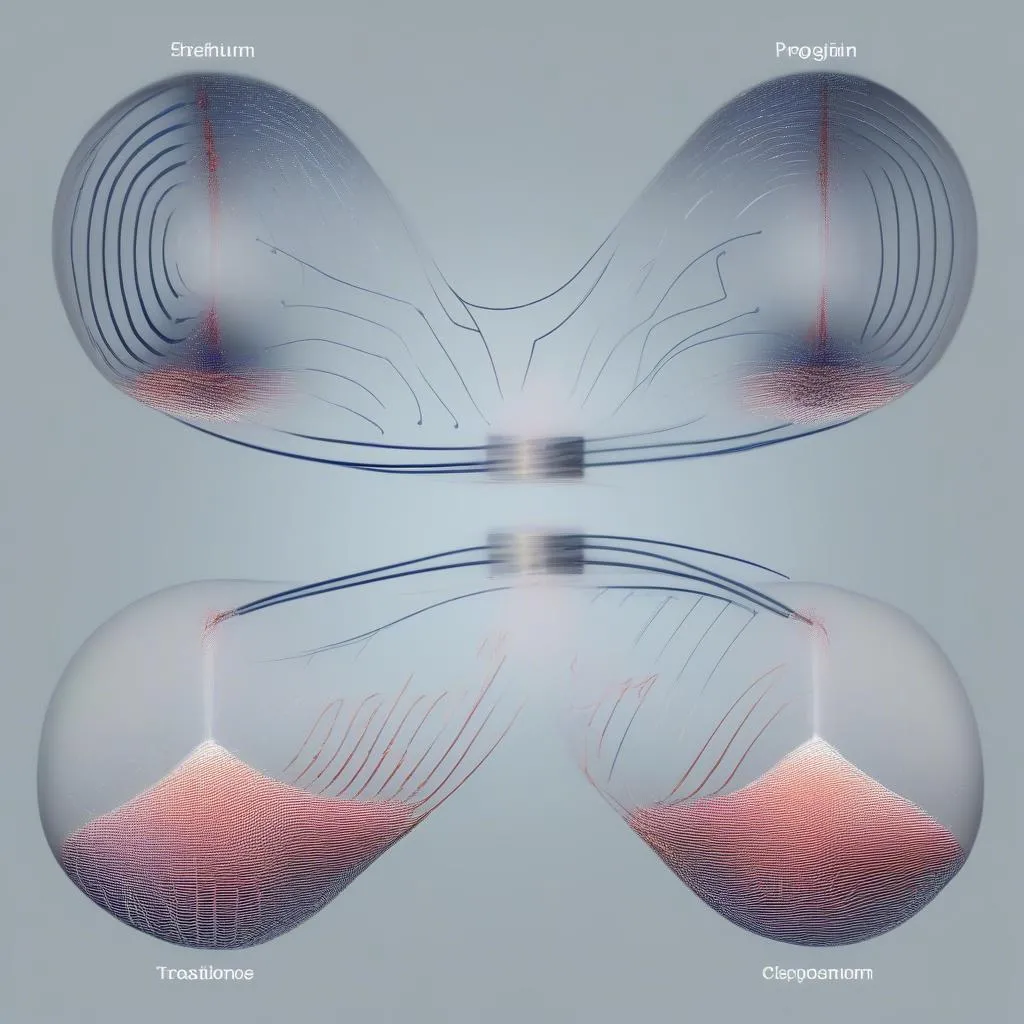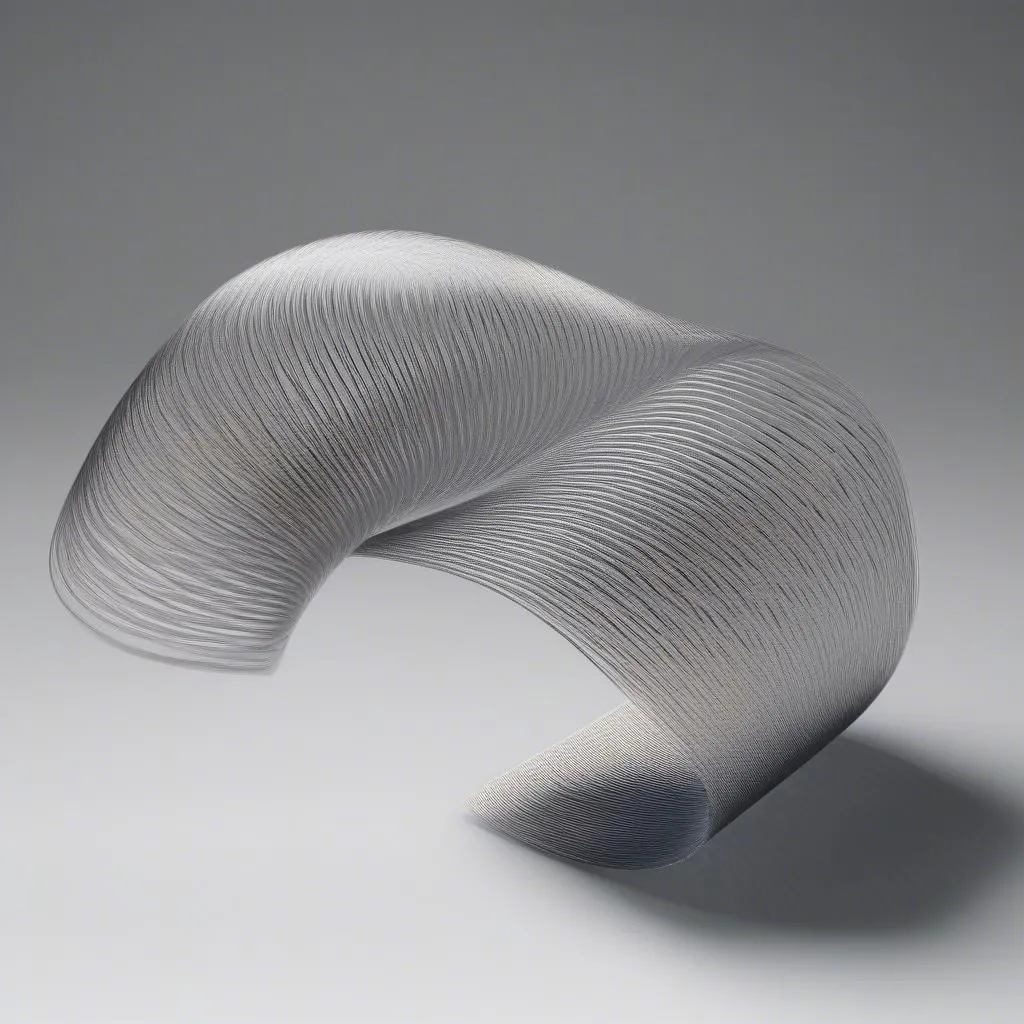Have you ever stood on the shores of Waikiki Beach, marveling at the rhythmic dance of the waves crashing against the sand? Or perhaps you’ve felt the ground tremble beneath your feet as a cable car rumbles through the bustling streets of San Francisco? These captivating phenomena, though seemingly different, share a fundamental principle: the transfer of energy through mechanical waves.
Understanding the Essence of Mechanical Waves
Imagine the vibrant energy of Rio de Janeiro’s Carnival. Just as the infectious rhythm travels through the crowd, causing people to sway and move, energy propagates through a medium in a mechanical wave. This medium, whether it’s the air, water, or even the solid earth, plays a crucial role.
Unlike electromagnetic waves, which can traverse the vast emptiness of space, mechanical waves require a medium to exist. Think of sound waves, for instance. They cannot travel through the vacuum of space because there are no particles to vibrate and carry the sound energy.
 Mechanical Wave
Mechanical Wave
The Dance of Particles: How Energy Takes the Stage
At the heart of every mechanical wave is the intricate dance of particles. As energy enters the medium, it causes these particles to vibrate. This vibration isn’t a chaotic frenzy, but rather a well-coordinated movement that ripples outward from the source of the disturbance.
Picture yourself holding one end of a stretched slinky and giving it a flick. What happens? A pulse, a disturbance, travels down the length of the slinky. This pulse represents energy in motion.
Importantly, the slinky itself doesn’t travel; its coils simply oscillate back and forth. In a similar fashion, particles in a medium don’t physically travel with the wave; they merely vibrate about their equilibrium positions, transferring energy from one to another.
 Slinky Wave
Slinky Wave